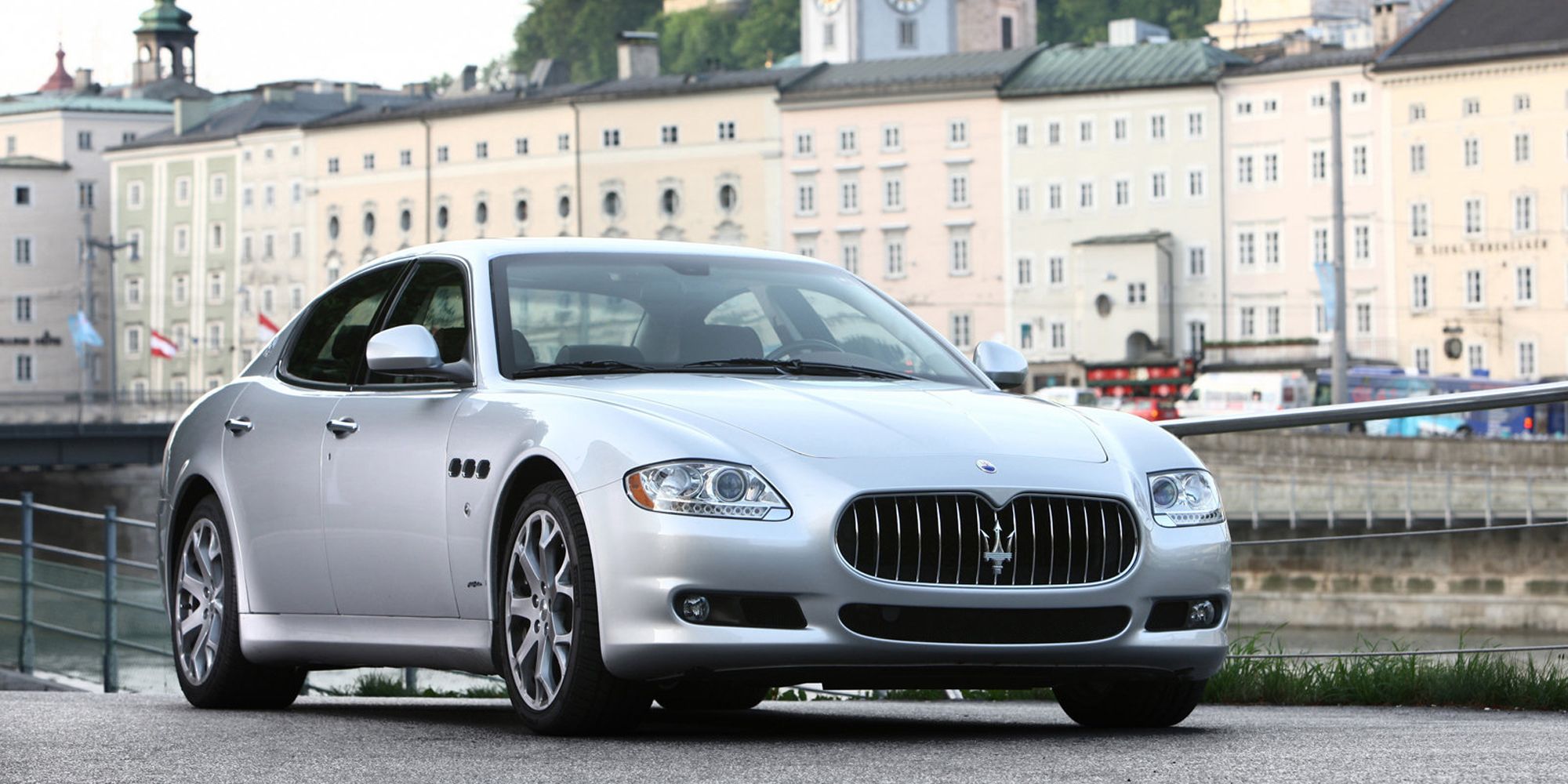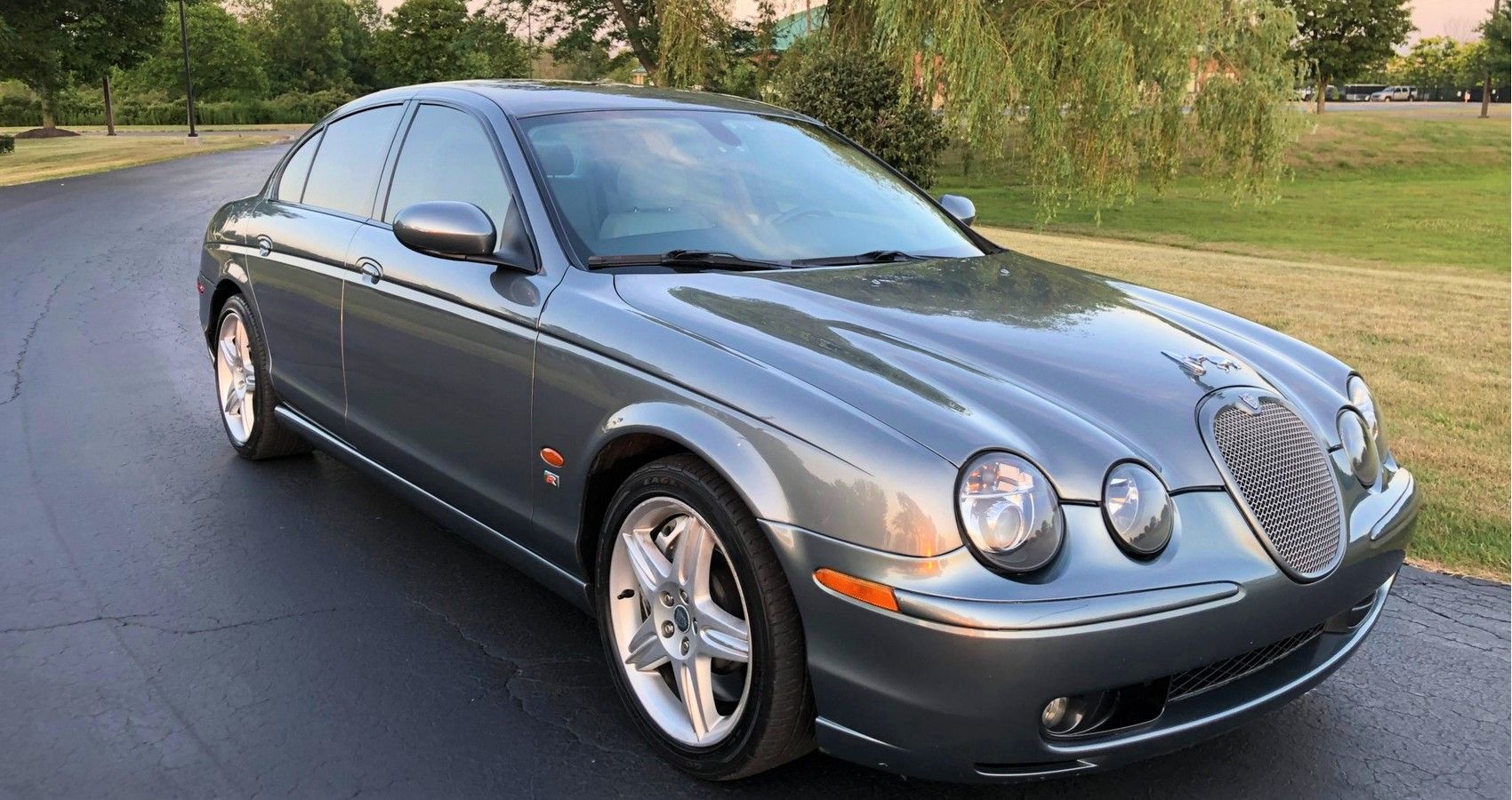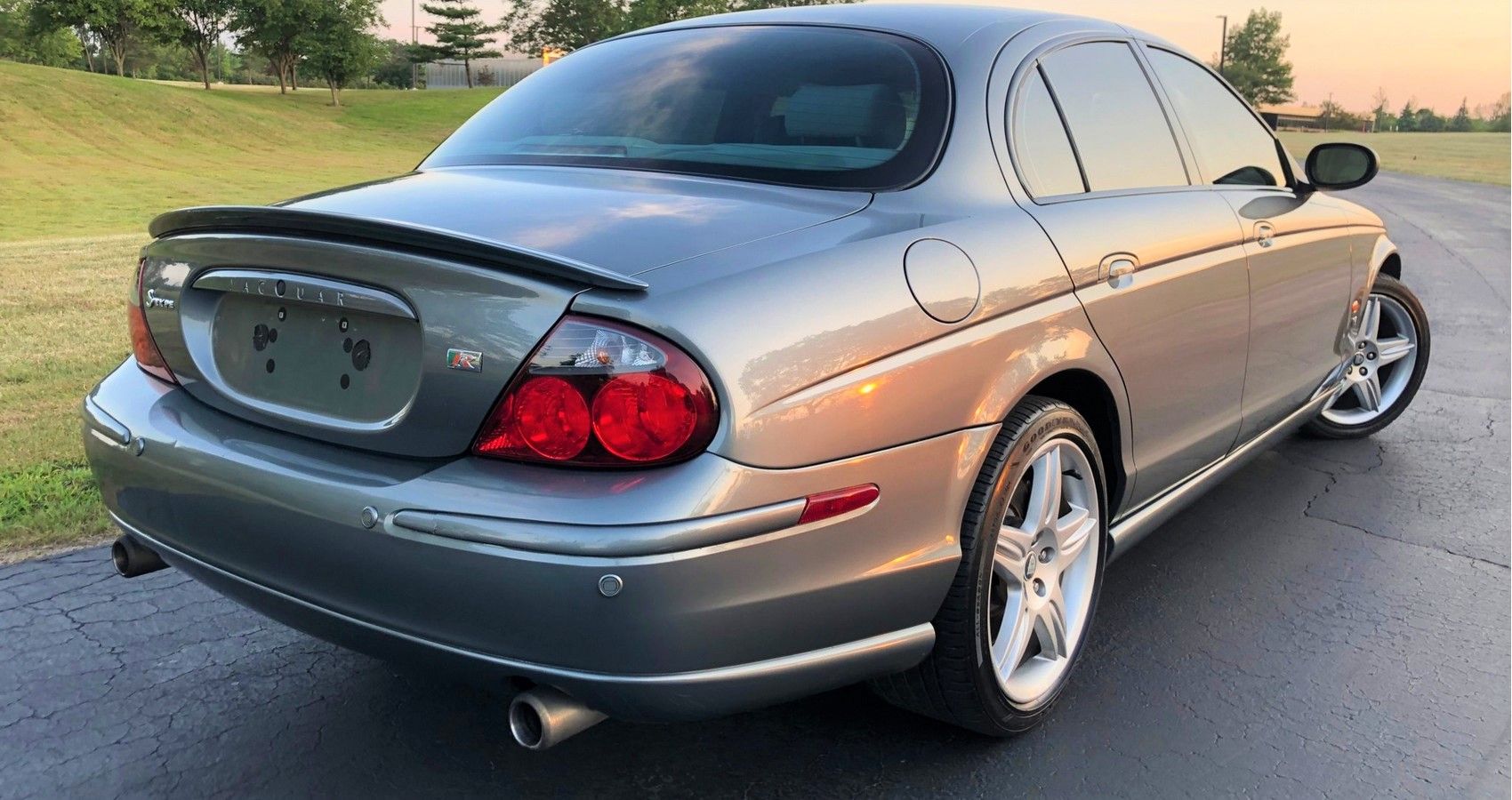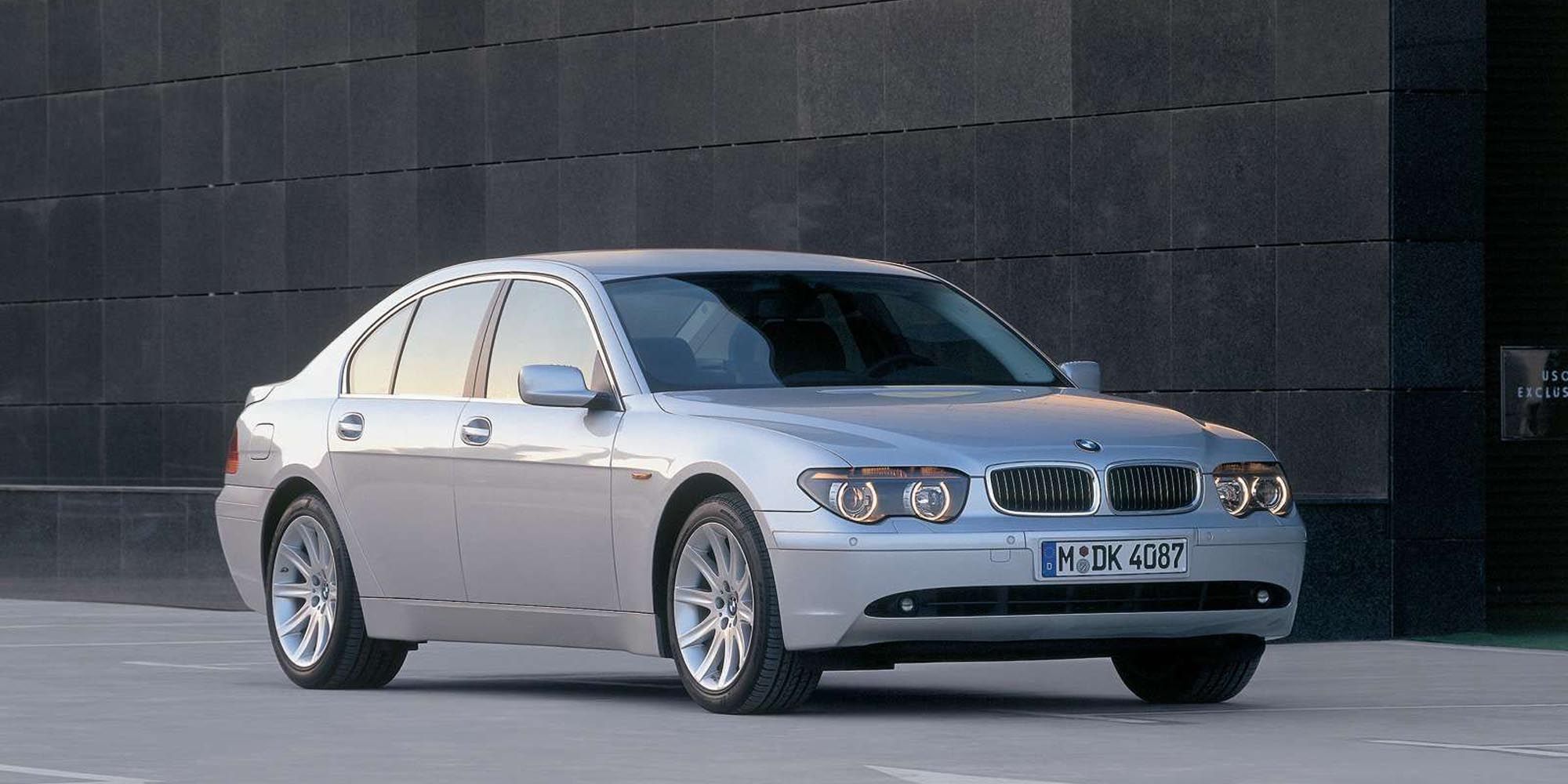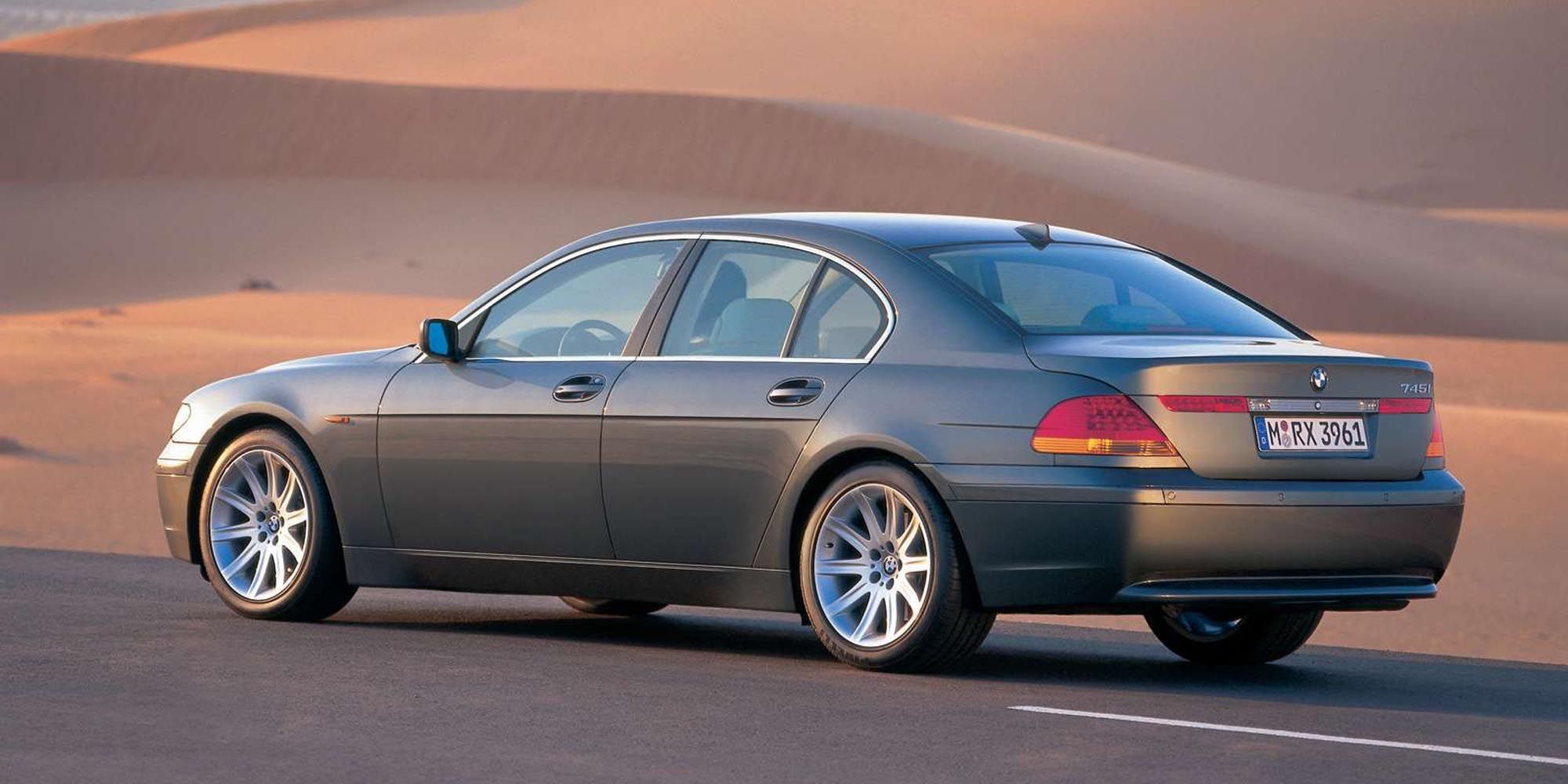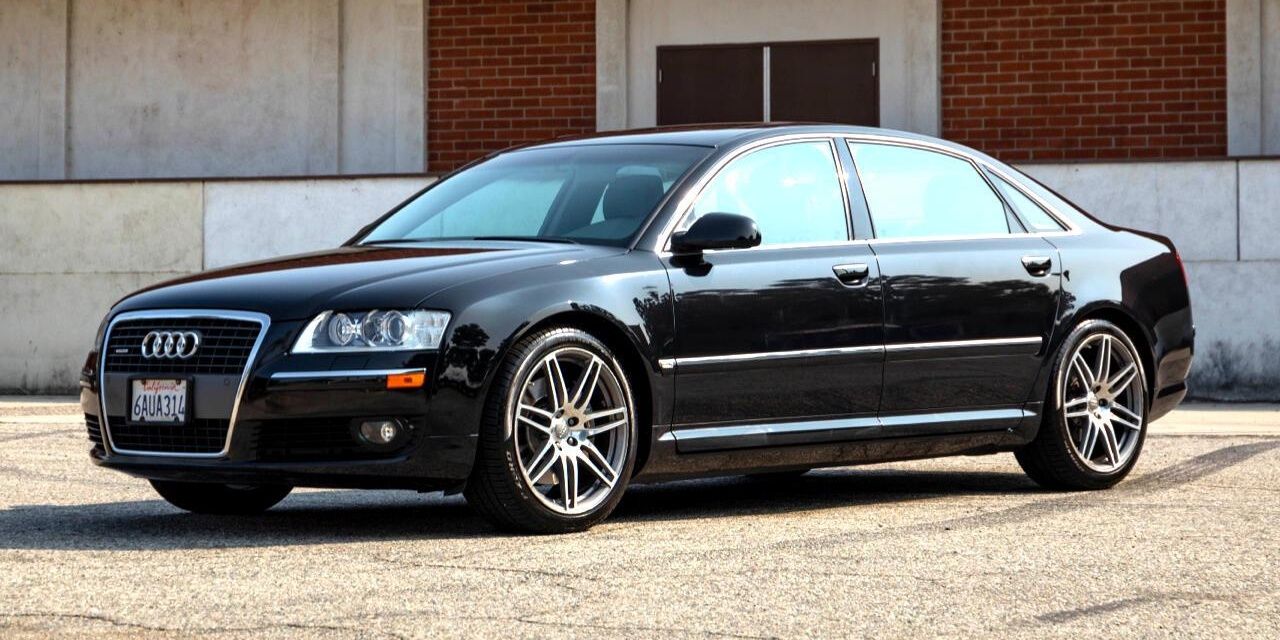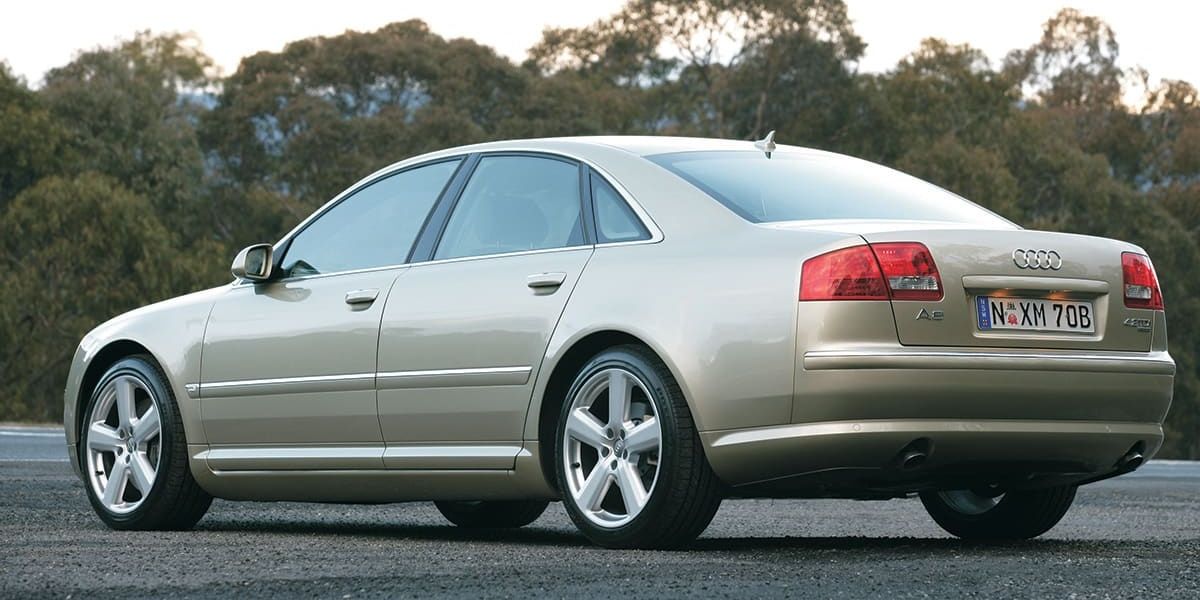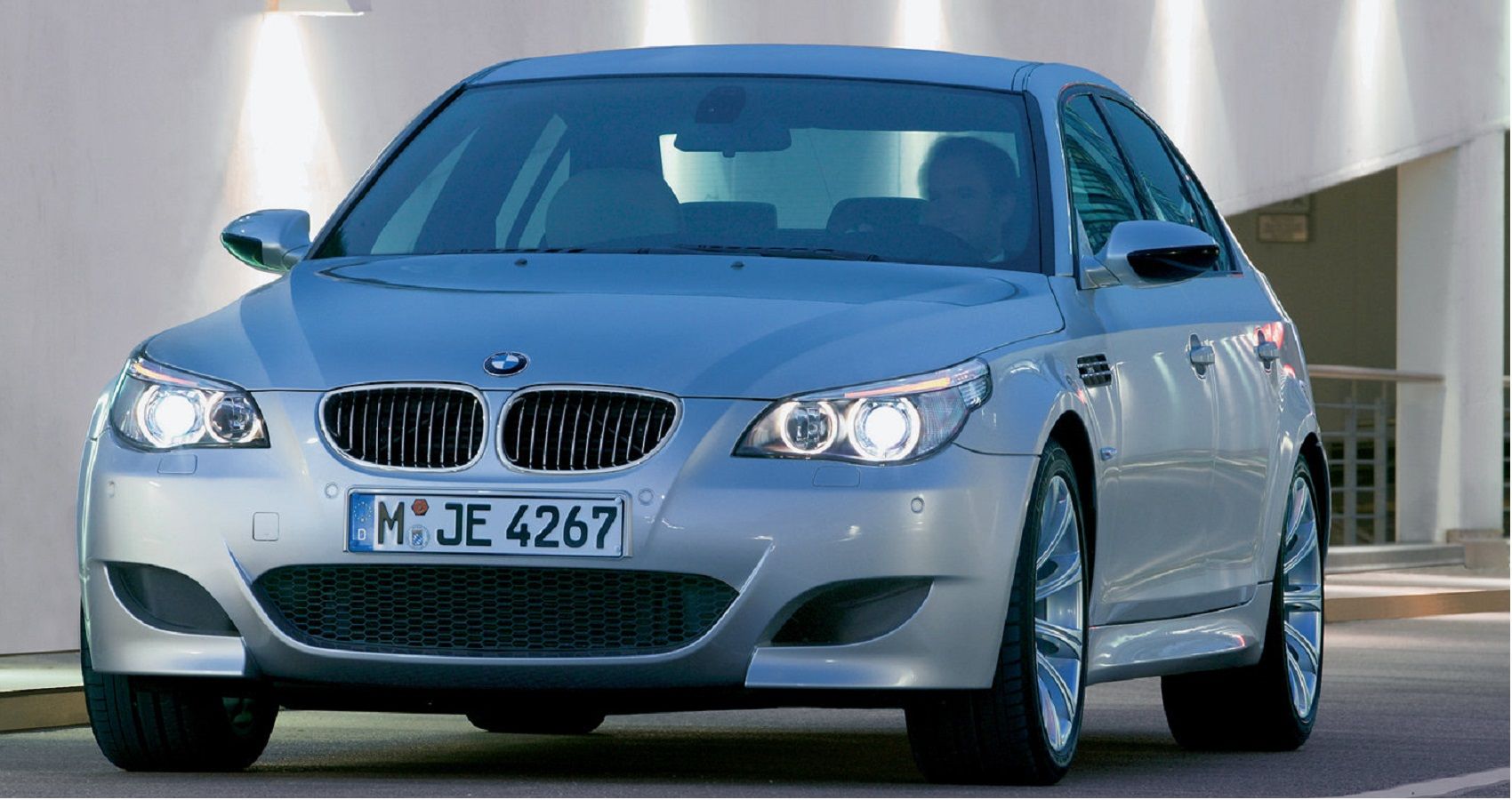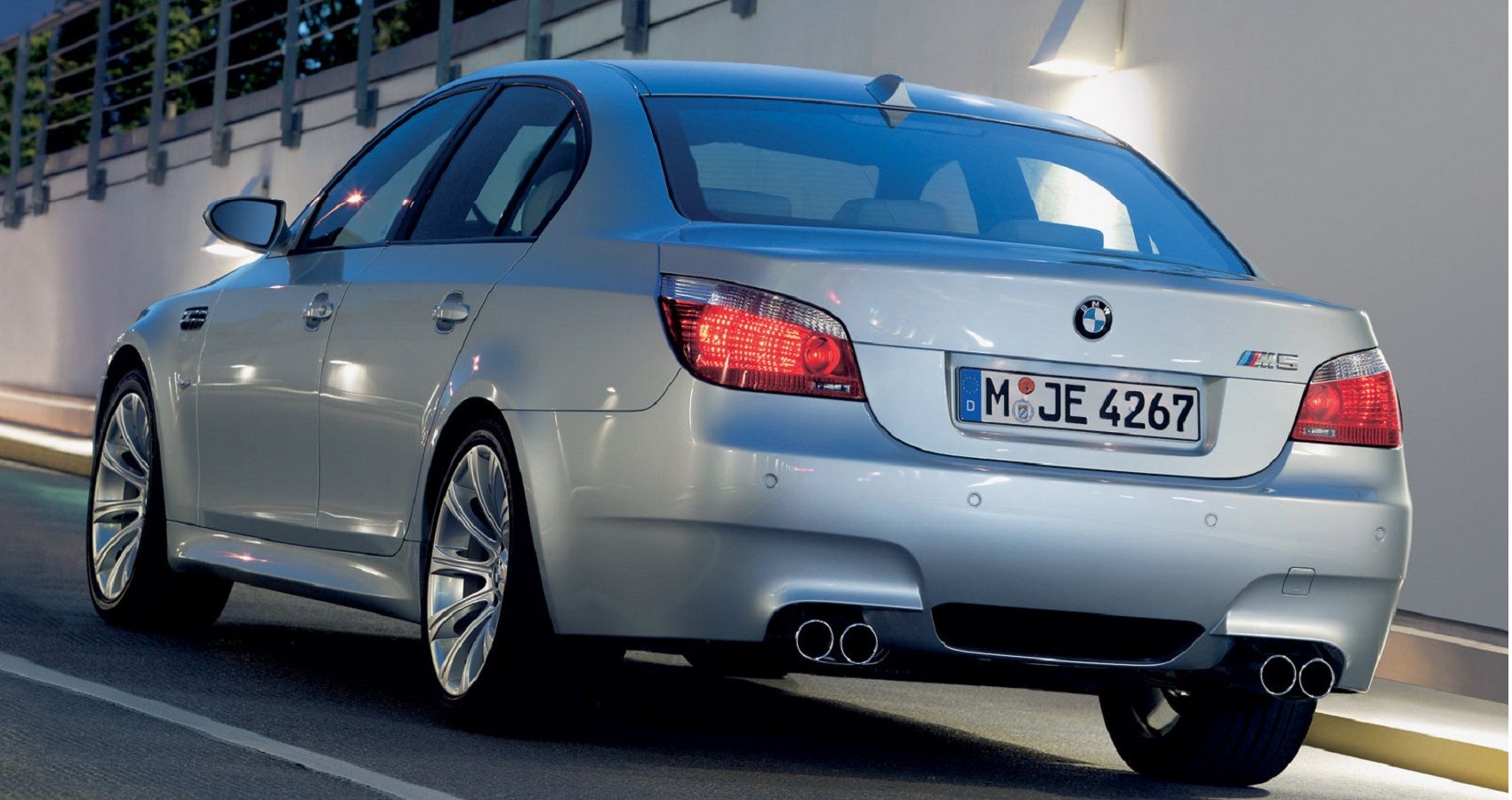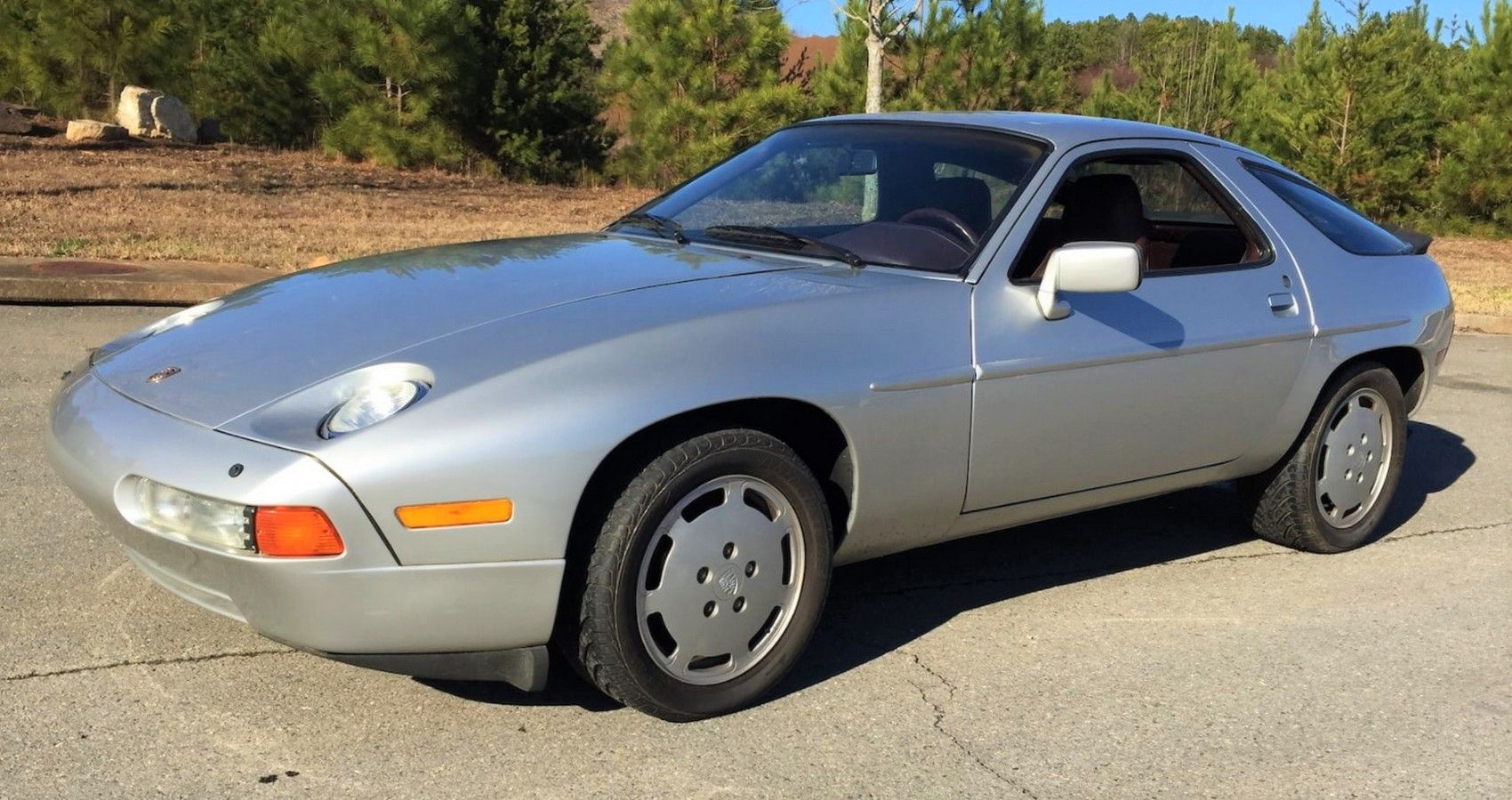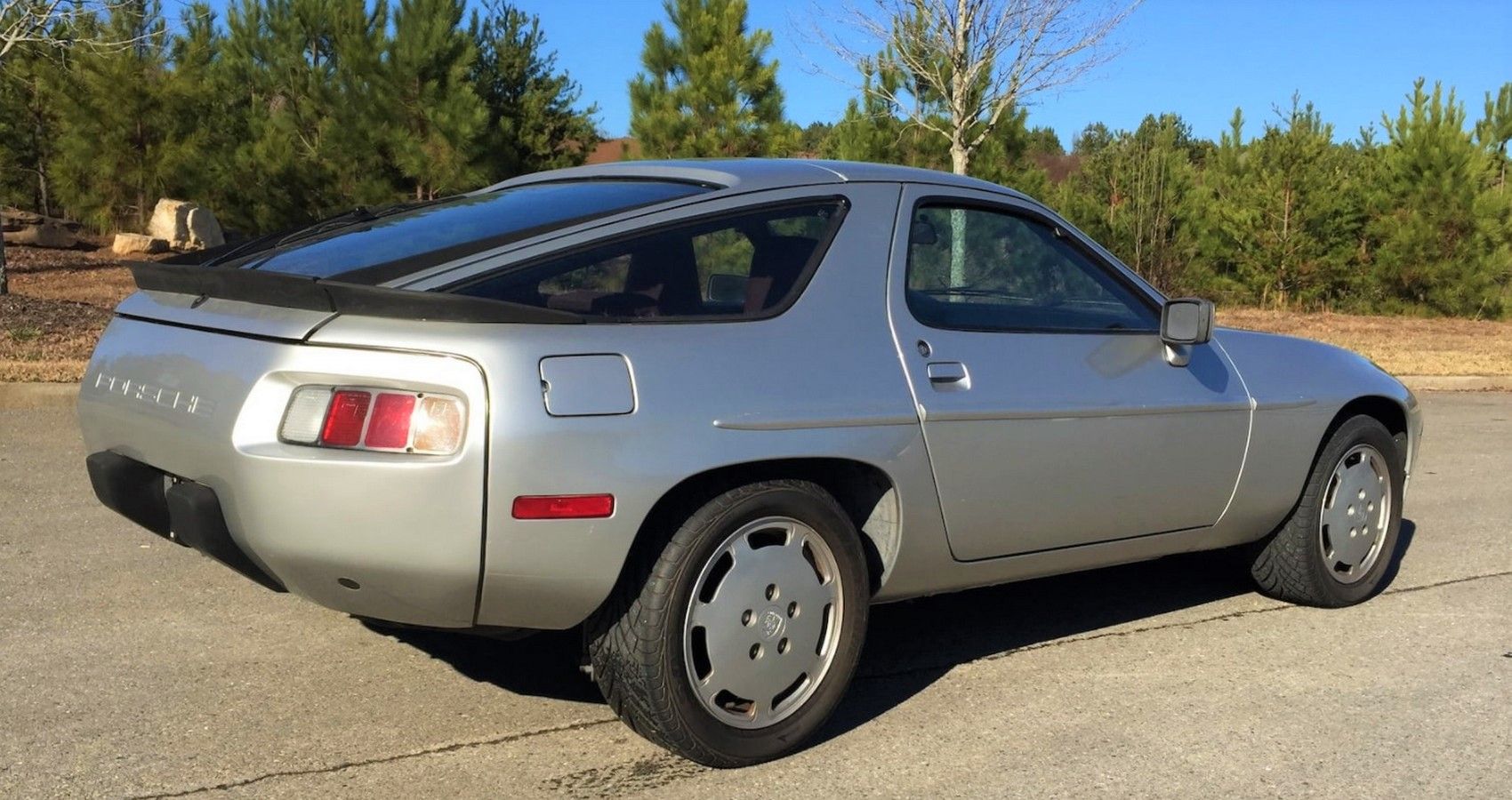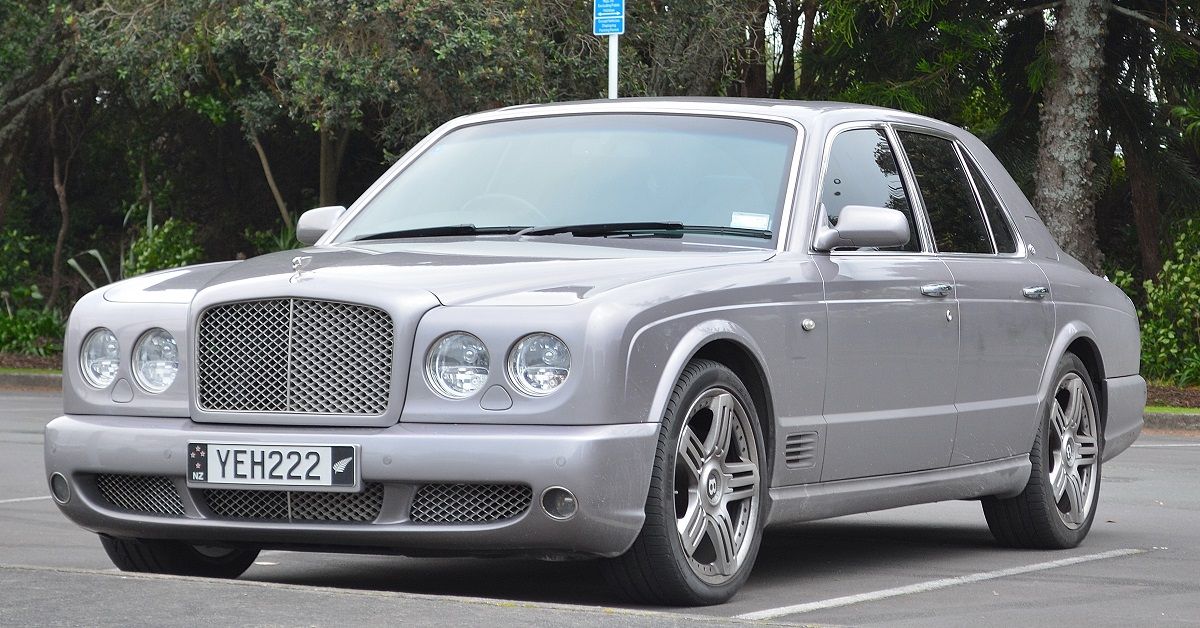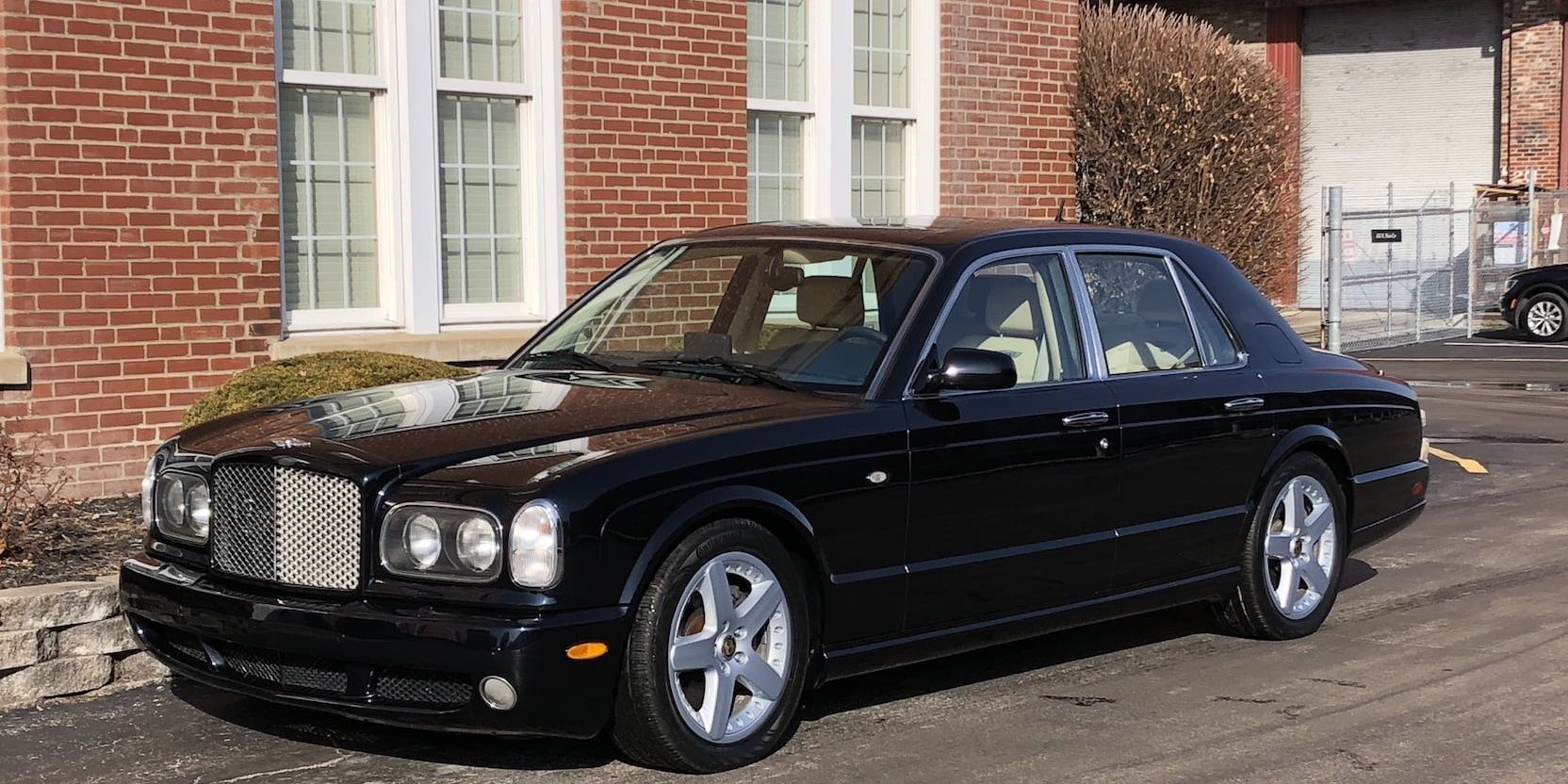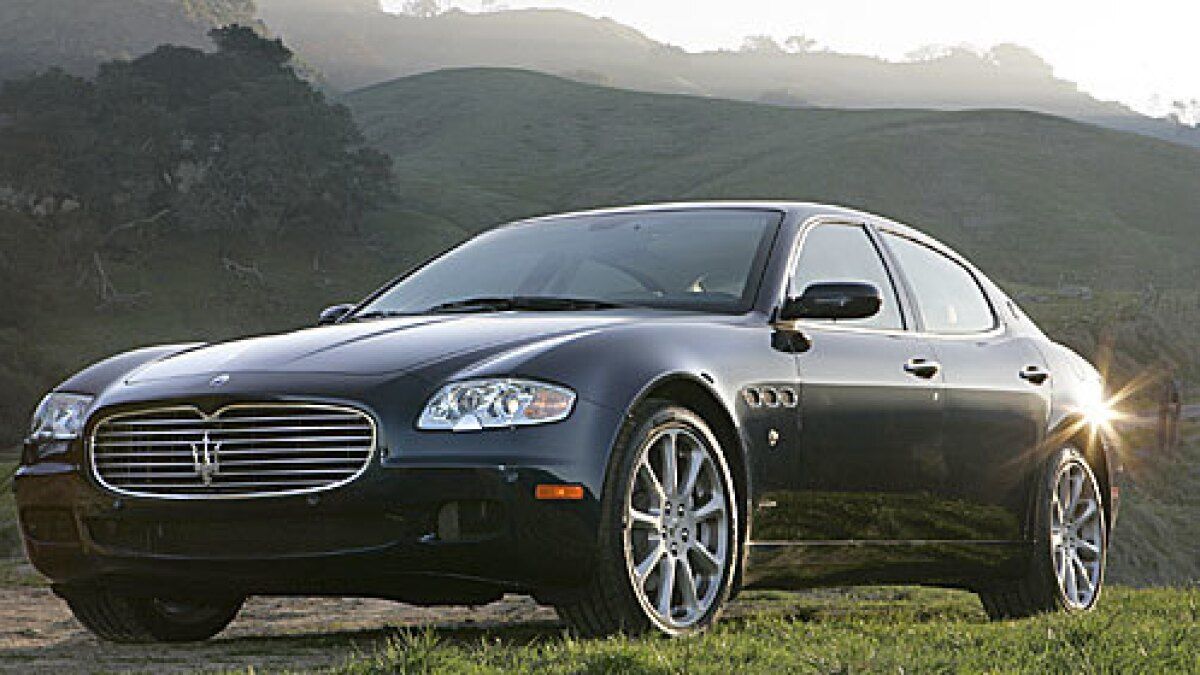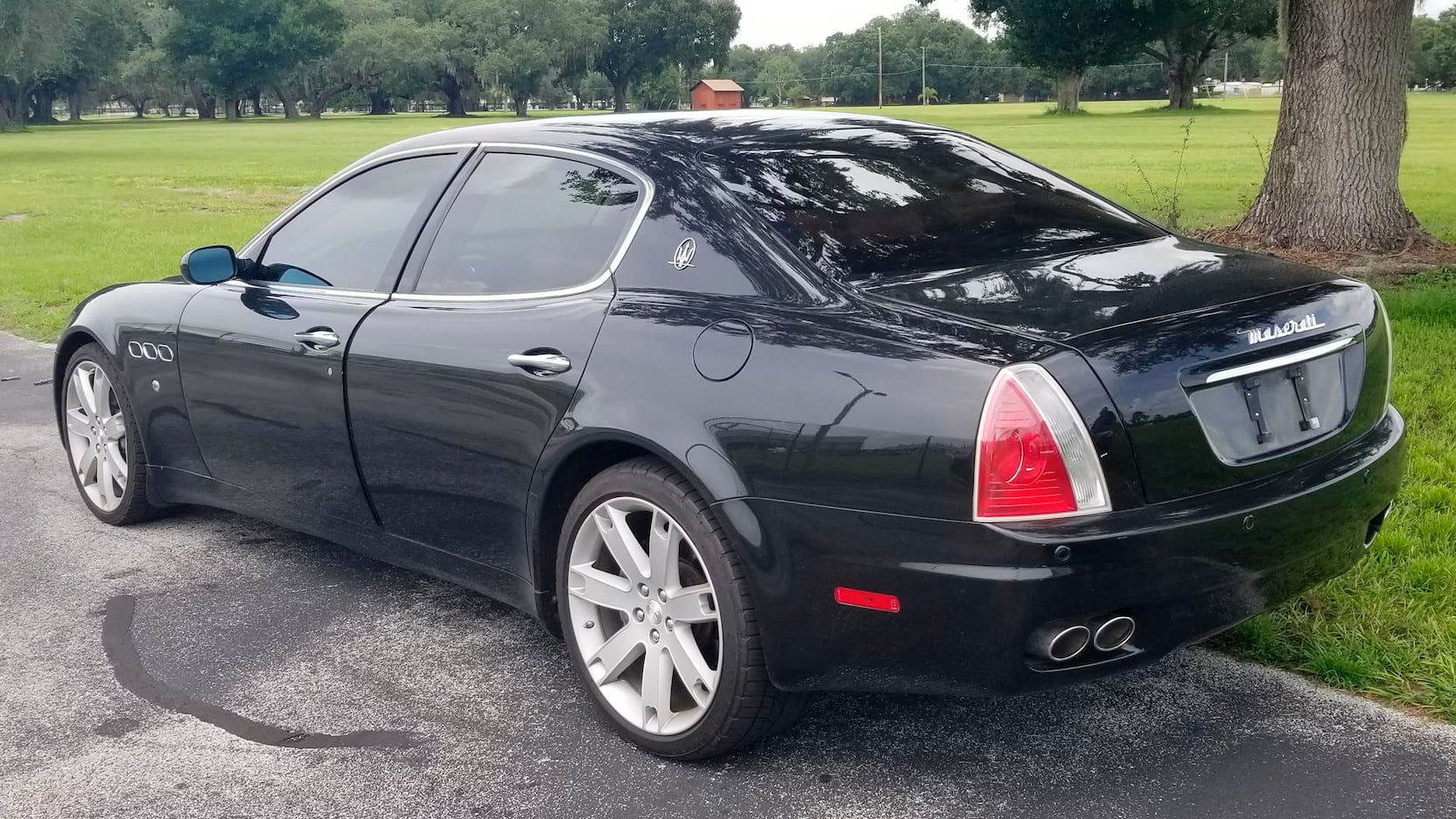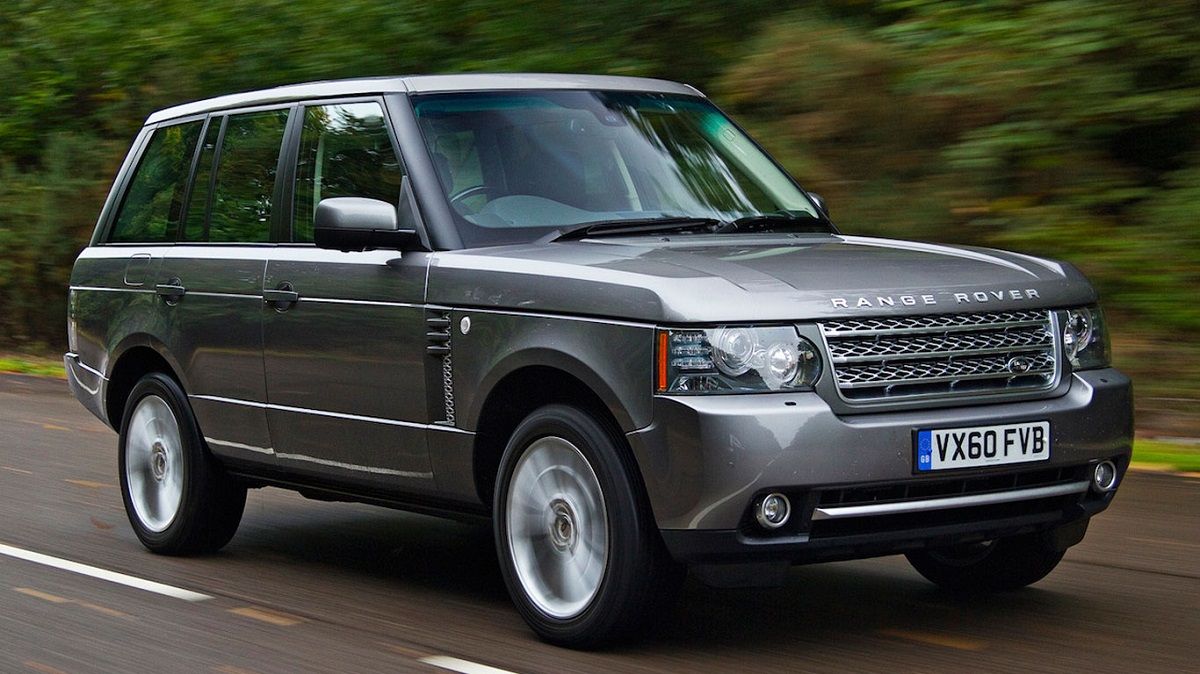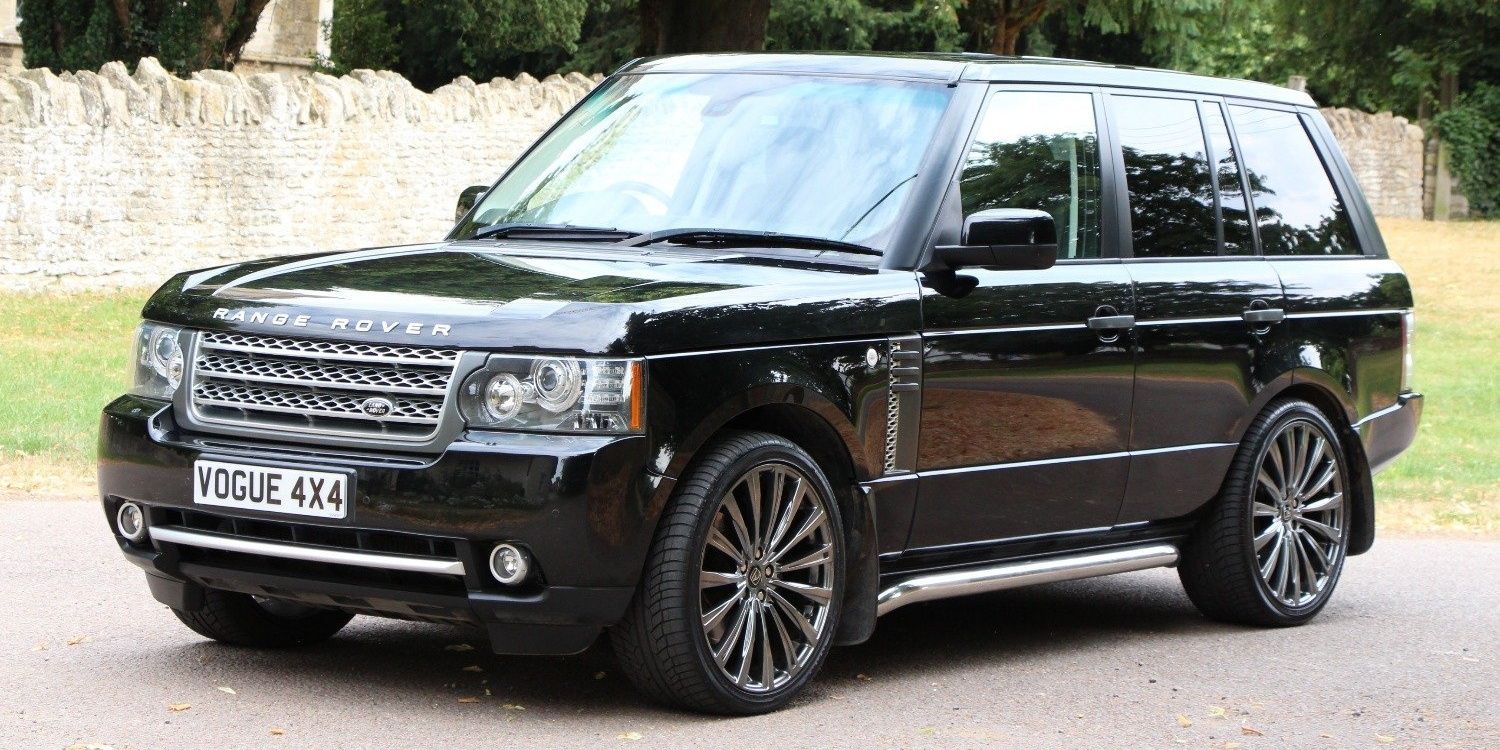Luxury cars are great when they are bought new, however, as soon as their factory warranty and service plan expires, they can become a hassle to keep going. This applies not only to the purchase of replacement parts but also to the everyday upkeep of the vehicle.
Modern luxury cars are more reliable – on the most part – than their older versions, and they are mostly less expensive to keep running. When scouring the classifieds for cars, one may come across a multitude of older luxury cars for sale. These cars may be extremely tempting to have as a more comfortable daily driver or a project, but they are all there for a reason. Luxury cars depreciate faster than a rocket returning to Earth, resulting in owners only getting a fraction of their original cost when they sell them. Luxury cars also usually have more technology and features which may go wrong, and since this technology or features are usually the first in a car, it may cost an arm and a leg to repair or replace.
So, while cheap luxury cars may look like an absolute steal compared to their fewer premium counterparts, they may end up costing a lot more in repairs and services in the long run. To help minimize this from occurring, here are cheap luxury cars to stay away from as they will bankrupt you with the cost of constant repairs.
8 Jaguar S-Type
The Jaguar S-Type is a great handling car. It was one of the best cars when it was being produced between 1999 and 2007. It was developed when Ford owned the majority of Jaguar, resulting in much part-sharing. Whilst the styling of the S-Type was extremely debated, the driving dynamics weren’t. It was praised for its exceptional ride quality and the smoothness of the powertrain.
This all being said, the S-Type was not without its problems. Premature ignition-coil failure, engine wear, and an abundance of electrical problems plagued the pre-facelift models, but Jaguar did a fantastic job addressing these issues, which were mostly sorted after the 2004 facelift. This being said, the S-Type may still make owners part with more money than they bargained for, with average engine repairs starting from around $1,600. So, whilst it still is a cheap British luxury car to purchase, it might become quite expensive when things do go wrong.
7 BMW 7-Series E65
The E65 BMW 7-Series is probably amongst one of the ugliest cars in modern motoring. It came along after the amazingly-styled E38 – one of the best designs for a car ever. By comparison, the E38 looked athletic, poised, and ready for constant and consistent Autobahn cruising at well over the legal speed limit, whilst the E65 was a big, bloated hunk of metal, wood, and leather, combined to create something even Donald Trump would not be seen in.
Whilst the styling is subjective, the reliability is not. The E65 is famously – or rather infamously – one of the least reliable BMWs ever. Dynamically and technologically, the E65 was a good car with a lot of ‘firsts’ for BMW, which is where the bulk of the issues are, and repairing or replacing those parts cost a lot of money.
6 Audi A8 D3
The D3 generation Audi A8 was a good car. It was fitted with good engines and great ZF gearboxes, which did their jobs as intended. The annual maintenance costs are even under $1,000, however, the issue with the D3 was the electrics and the suspension. The electrics were needlessly complicated and when something went, it was usually a sign that it was only the beginning.
The suspension was, however, by far the most troubling part of the car. It was fitted with adaptive air suspension which made the car feel like it was driving on a cloud. Unfortunately, the cloud would rupture, causing all the air to drain out, damaging the compressors and leaving the A8 looking lower than a Lowrider. This usually cost a ridiculous amount of money to fix.
5 BMW 5-Series E60
Another of the legendarily unreliable BMWs, the E60 was simply a money pit after the factory warranty expired. The fact that it was not the prettiest of BMWs to ever grace the road didn’t help. Another factor that influenced the E60’s overall terrible reputation, was the introduction of the M5, and its big V10 engine.
The V10 in the E60 M5 was one of the best engines ever made, but no one ever wanted to own it, due to it constantly trying to eat itself. The rod bearings would wear prematurely and when that happened, it would almost definitely lead to catastrophic engine failure. If it wasn’t the rod bearings, the electronic throttle actuators could seize up, resulting in the tiny gears inside clogging, which lead to a poorly engine. Quite a terrible car to own.
4 Porsche 928
The Porsche 928 was designed as the German marque’s first proper grand tourer, which would’ve eventually replaced the 911. Instead, the 928 became a model all on its own and has since been the company’s only front-engine V8 GT car to date. Unfortunately, the 928 was one of the least reliable cars of the 1980s.
The issue with the 928 was that it was on the rather expensive side to buy when it was new, so owners only realized the true cost of repairs after the warranty expired. As a result, 928s can be bought for relatively cheap today, but the cost of deferred maintenance is what puts a lump in the throats of potential owners.
3 2001 Bentley Arnage Red Label Turbo
The Arnage was introduced in 1998 and was designed to replace the aging Mulsanne within Bentley’s line-up. There was a corporate battle between BMW and the VW Group, with VW eventually taking over Bentley. The initial production Arnage was fitted with a BMW M62 V8, which was given to Cosworth for a tune, resulting in the engine receiving two turbos.
Whilst the BMW M62 was a good engine, many owners simply neglected to maintain it properly, resulting in the majority of early Bentley and BMW models lacking reliability. The updated 6.75-liter twin-turbo V8 doesn’t fare much better in the reliability department, needing new head gaskets every 60,000 miles or so, which can easily cost north of $6,000 alone. So, whilst the Bentley Arnage may seem like a cheap buy at around $23,000, it might be a ticking time-bomb.
2 Maserati Quattroporte
The Maserati Quattroporte is a brilliant car – when it works. The revived Quattroporte from 2003 was fitted with a glorious Ferrari V8 and Ferrari’s F1 transmission. This combination worked well when thrashing around a track, however for cruising about – which the Quattroporte was mostly used for – the transmission was jerky and uncomfortable. Luckily, Maserati fixed this with the Quattroporte Automatica in 2007, resulting in a brilliant car.
Maserati as a whole is a relatively unreliable brand, with even the new Quattroporte being ranked 40th out of 40 in reliability tests. Parts are also extremely expensive, as is general maintenance equating to an average of between $2,000 and $3,000 per year. If anything goes wrong with the drivetrain, it would probably be beneficial to just sell the car. This is all because Maserati is a more exclusive automaker, not a mass producer like BMW or Mercedes-Benz for instance.
1 Range Rover Vogue
Land Rover has a long history of unreliability, which is weird as they make some of the best and most versatile cars on the market. Going back to the Series 1, straight through to the current Defender – all the models lack reliability. There are countless articles on the internet of people warning against buying a Land Rover or Range Rover which is past its factory warranty period.
Doug DeMuro even had a whole experience with a BMW/Ford era Range Rover, and he explained how much he paid for an aftermarket warranty over what the warranty company paid in repairs for his Range Rover – the difference of which is shocking. Jaguar Land Rover even halted production of their new Defender because they were on the verge of being sued over their reliability issues. Even newer Land Rovers cost an average of $4,500 annually in maintenance alone. It is amazing that a mass production company that has been around for this long and has such a heritage, is still struggling with issues such as these.

